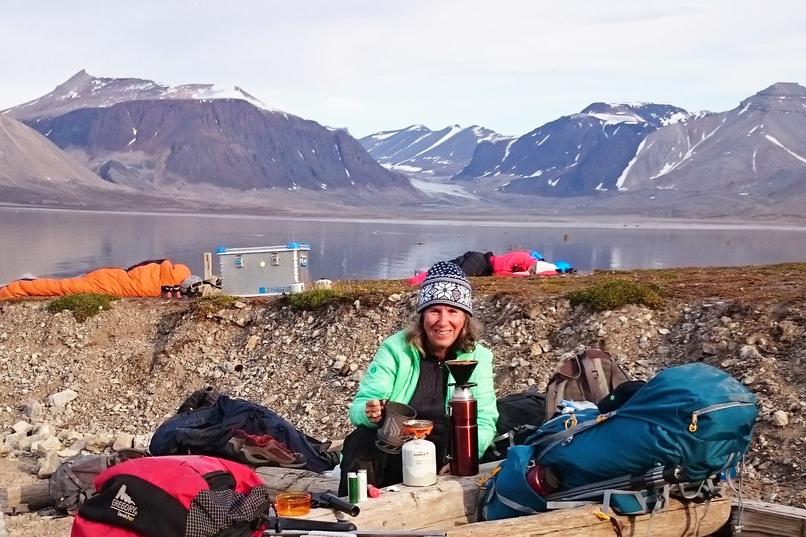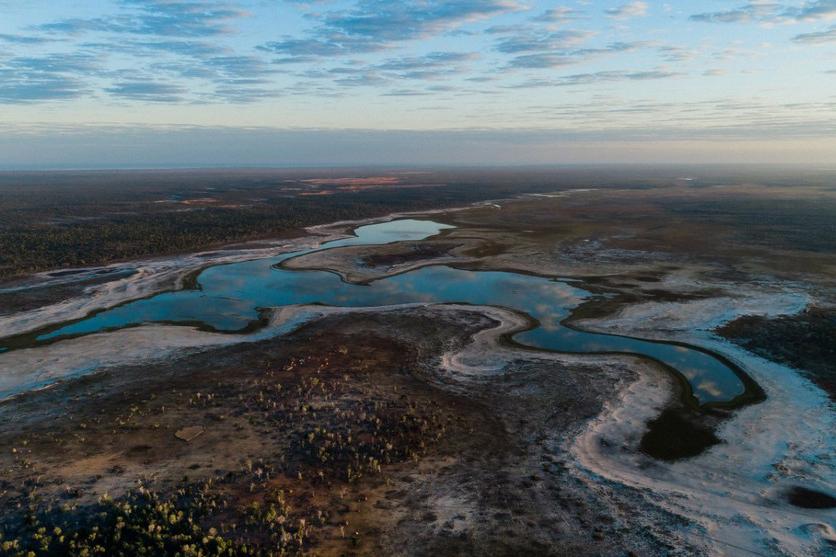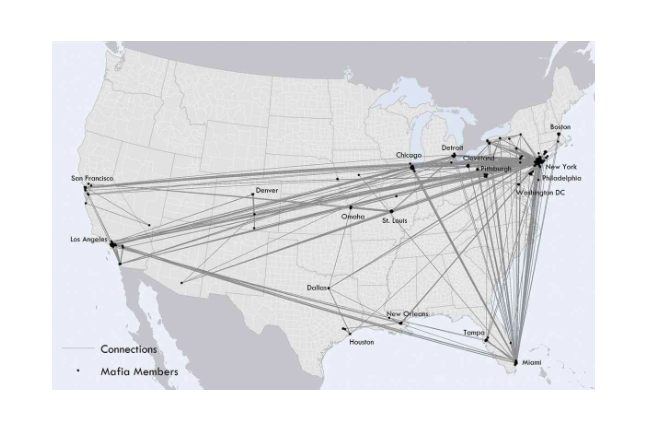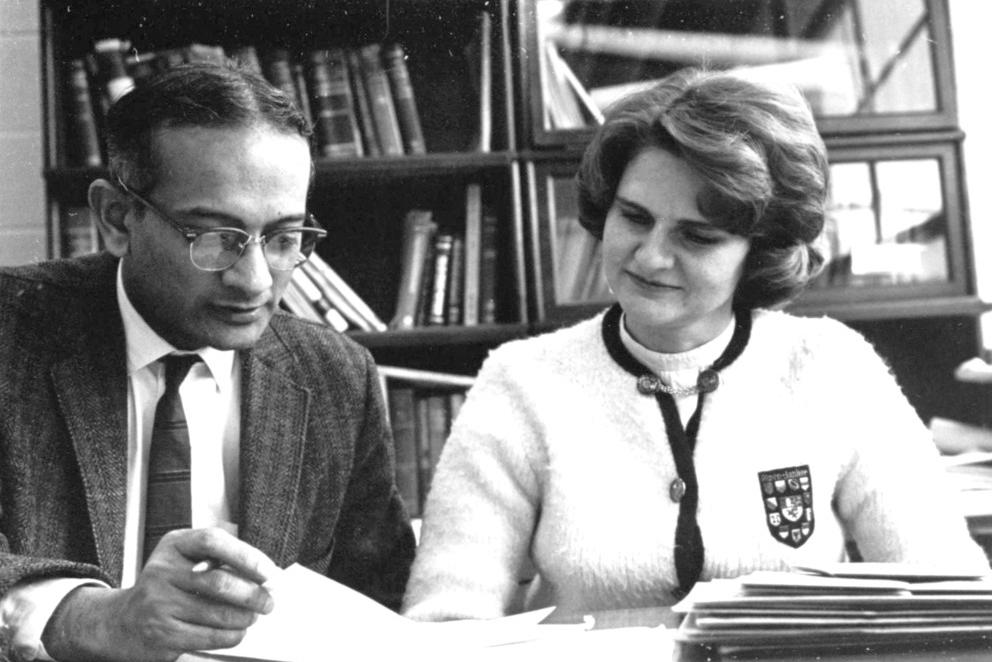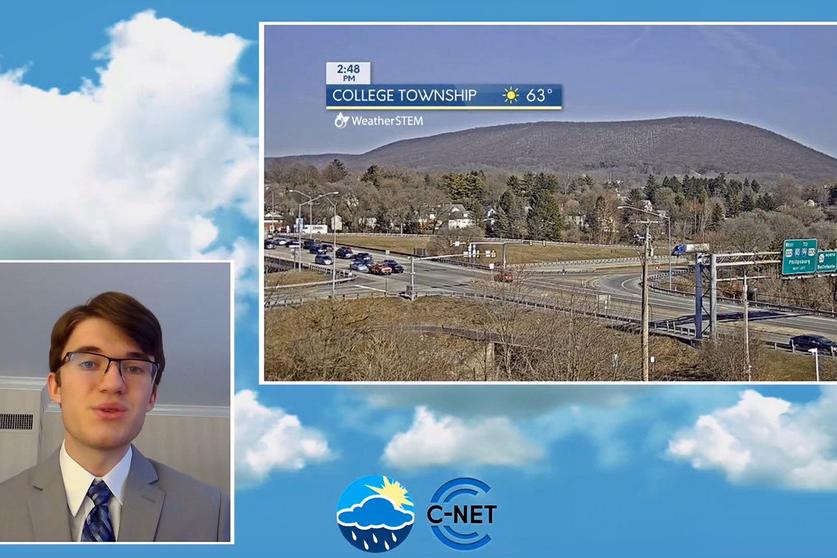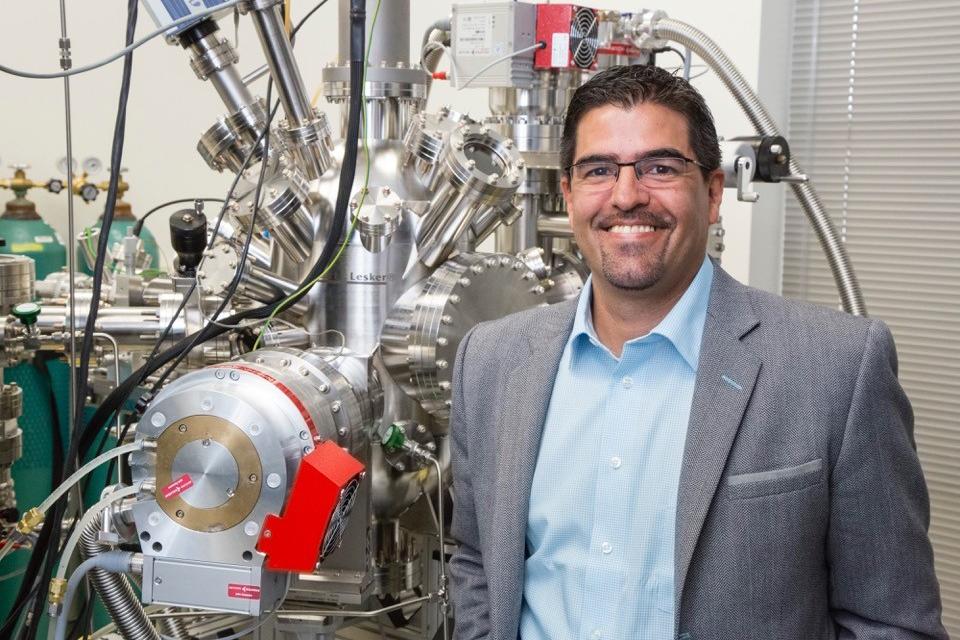Sir Dieter Helm, professor of economic policy at the University of Oxford and fellow in economics at New College, Oxford, will discuss the need for a carbon price as a means of lowering emissions at a talk at noon on Monday, April 19.
Marilyn Fogel, who graduated in 1973 with a degree in biology, may have come to Penn State for the football games, but she left with an appreciation for the interdisciplinary research that would define her career.
Kristina Douglass, Joyce and Doug Sherwin Early Career Professor in the Rock Ethics Institute and assistant professor of anthropology and African studies at Penn State, will discuss the importance of local, Indigenous and descendant knowledge to climate change adaptation and sustainable practices during a seminar at 11:15 a.m. Wednesday, April 14. The talk will be broadcast via Zoom.
At its height in the mid-20th century, American organized crime groups, often called the mafia, grossed approximately $40 billion each year, typically raising that money through illegal or untaxed activities, such as extortion and gambling.
The Penn State and materials research communities are mourning the loss of Della M. Roy, emeritus professor of materials science and a founding member of the Penn State Materials Research Laboratory (MRL), now the Materials Research Institute (MRI). Della died on March 27 at age 94.
Christopher Tate’s first word may well have been “weather.”
Jean Paul Allain, professor of nuclear engineering and head of the Ken and Mary Alice Lindquist Department of Nuclear Engineering at Penn State, will discuss the recent progress made in nuclear fusion, emerging technologies and the remaining challenges to realizing energy generation from a star here on Earth at a talk at 4 p.m. Monday, April 12.
A panel of energy experts from Penn State and industry will discuss how energy systems are currently designed to be resilient to extreme weather events, and how they may need to be designed in the future. The panel discussion, which is free and open to the public, will be broadcast at 2 p.m. EDT on Monday, April 12 via Zoom.
There’s an old adage that goes if you can instill in someone a piece of advice, a bit of knowledge, then through them that lives forever. What you started passes on through generations.
A two-day virtual symposium featuring speakers from academia and industry will be held from 1 to 6 p.m. on Wednesday and Thursday, April 14-15, and will discuss the past and future of polymer sciences. The symposium is free and open to the public via Zoom.



